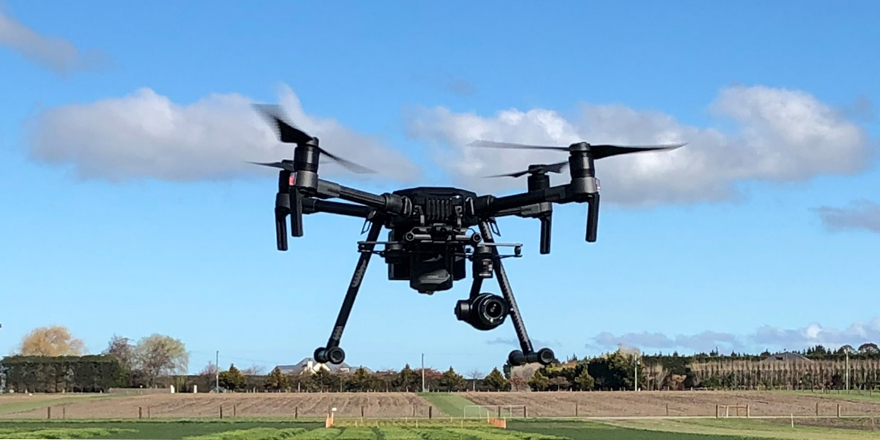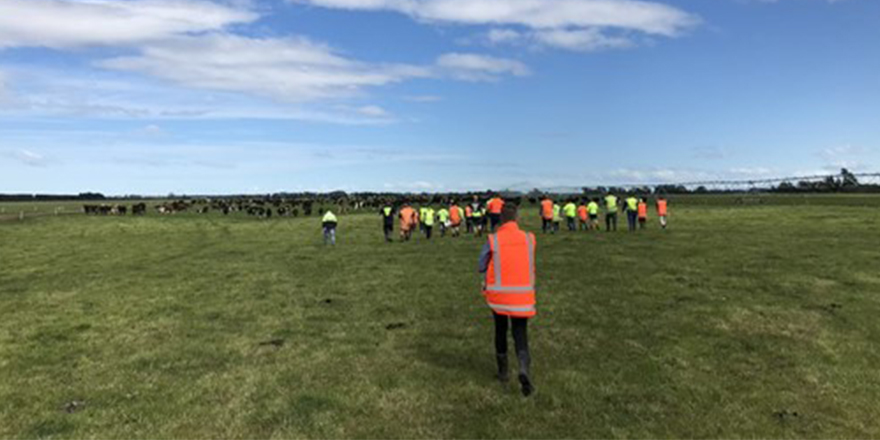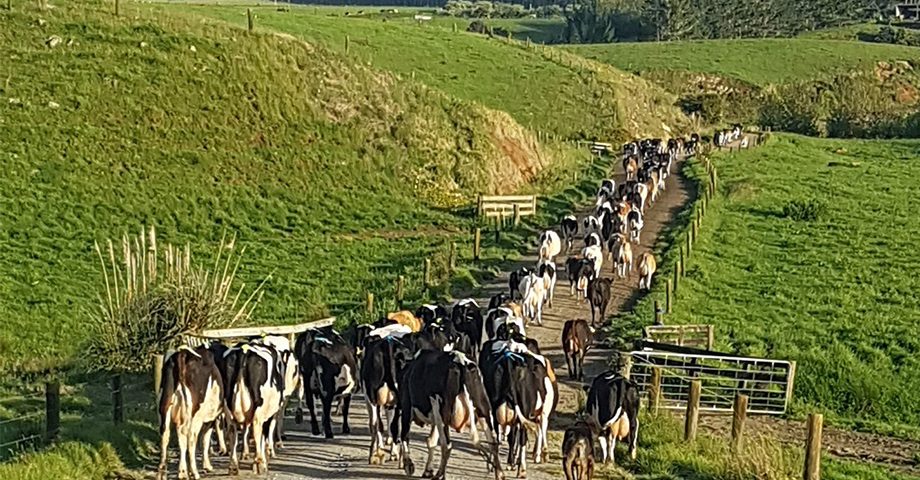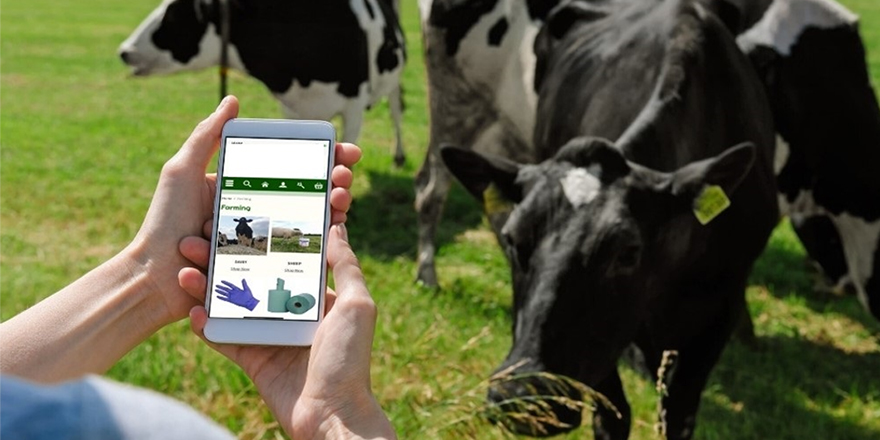Executive summary
Water and water management in New Zealand, and specifically Canterbury, has been described as a ‘wicked problem’ (‘Old Problems New Solutions’, 2011). Increased demand for water abstraction, along with issues of water quality, water storage and decision making processes that recognise cultural and social values, have resulted in ongoing debates between stakeholders and interested parties. Over time several interventions have been introduced, including resource management legislation and the formation of regional councils. With the Ministry of Primary Industries setting a goal of doubling agricultural export production by 2025, the ‘wicked problem’ will continue to challenge our communities into the future. In addition, global markets and their consumers increasingly want to know their purchased food items have been sustainably harvested and managed. To achieve these goals, we will need to learn from the past, think and operate in new ways and continue to be innovative in good management practices (Ministry of Primary Industries, 2016).
Regions, industry, and politicians are collectively working out solutions at a national, regional, and local level to be able to achieve sustainable growth objectives and implement agreed good management practices. A new range of regionally specific implementation tools will be required to achieve these objectives and outcomes. Since the late 1990s the Canterbury Water Management Strategy (CWMS) has been a primary tool used in this region to engage and involve community, special interest groups, industry and agricultural, in the development of enduring water management policies, practices, and outcomes.
Since November 2009, the CWMS has stimulated a significant amount of community and stakeholder engagement and commitment. By resourcing dedicated positions and integrating community members alongside the Regional Council staff, this approach has led to innovative and collective solutions to water management issues. The CWMS engagement process was the centre focus to the development of a statutory regional land and water plan, now into the implementation phase. This region wide plan provided the framework to develop catchment based sub-regional plans, which CWMS was vital in delivering, as well as the identification of catchment specific non-statutory tools.
The author is a Programme Manager for CWMS (and Biodiversity and Biosecurity), and sought to understand, after seven years of implementation of the CWMS, “How do you keep community members/organisations and stakeholders actively engaged and participating in an established collaborative governance process, on regional water management?”
Collaborative community driven water management policies are not unique to Canterbury or New Zealand. An international literature review of differing collaborative community based programmes was conducted to understand the motivators for sustained community involvement. Three catchment based water management models (Murray-Darling Basin, Australia, the Fraser River Basin, Canada and the Lower Saxony, Germany), were looked at in more detail to provide a comparison to local findings from participants in the CWMS.
The required commitment to an integrated water resource management process is ongoing with no likely end point. It continually develops as do the organisations that are charged with supporting or collaborating in the process. The commitment of the region’s political leaders to the participatory process as it moves from centralised to decentralised governance, is essential. The motivators for maintaining community engagement include, wider understanding of the issues, building new networks, strengthening existing networks, and developing collaborative solutions.
The main findings from this study are:
- Adoption of a collaborative community process requires significant commitment from the community and governance institutions. Most models allow for an iterative approach of development, implementation and review meaning these processes often have no end point.
- Collaborative community participatory processes enables a shift from centralised decision making to decentralised governance.
- Benefit of community driven processes includes ownership of issues and solutions, growth of community knowledge, stronger networks, wider understanding of issues and viewpoints and a greater sense of community.
- Critical requirement that local or regional authorities fully support and implement the community derived solutions. This requires authorities to adopt solutions without modification and with sufficient dedicated resources.
Don Chittock



